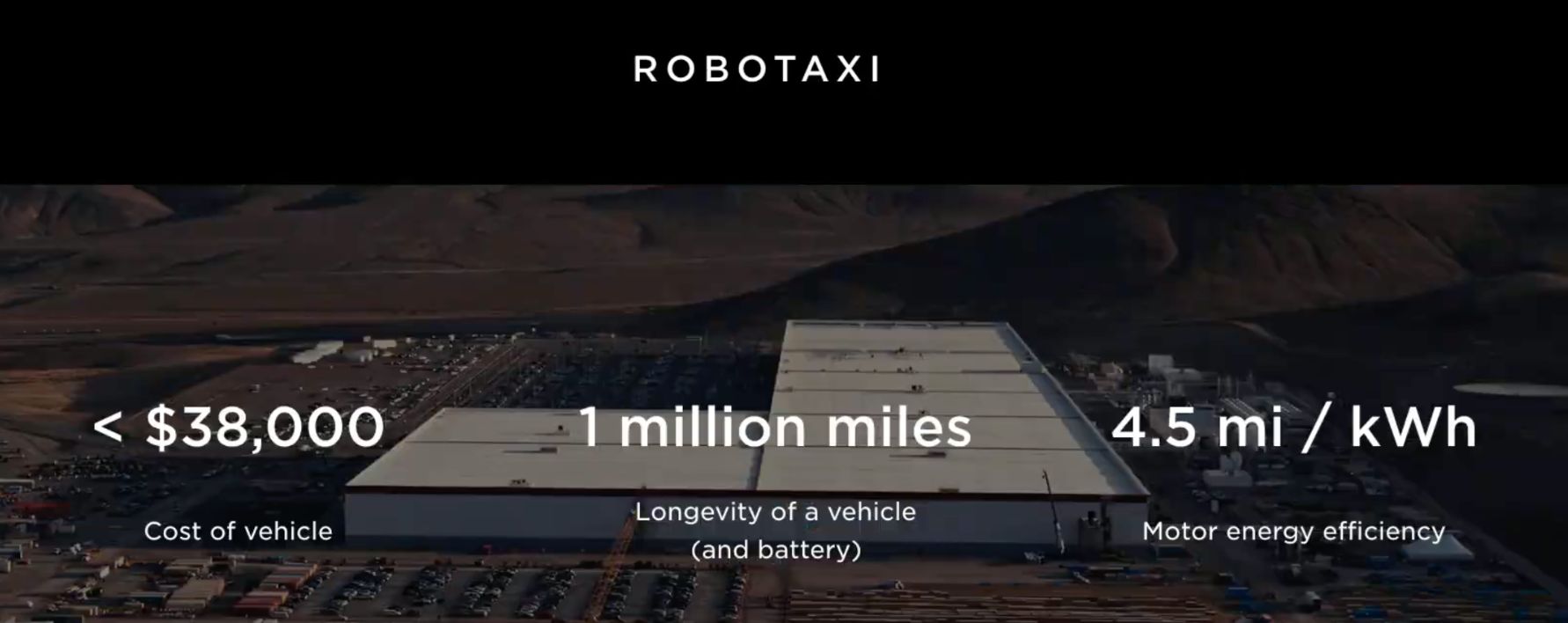With the demand for skills in the mining industry evolving, vocational training is increasingly vital to keeping Australia at the forefront of future employment.
The mining industry is going through a skills revolution across all aspects of operations. With autonomous machinery becoming commonplace and technology evolving to provide greater environmental and sustainability benefits, workers of the future will need an even greater ability to work with both machines and people.
With skills shortages present in many vocational occupations across Australia, the fight for empowering excellence is now being fought on two fronts.
Jobs like engineering technologists, miners and fitter-welders are defined by the Federal Government as having shortages at the regional and state level, emphasising the need to not only train people but also ensure retention.
Since 1981, WorldSkills Australia has championed excellence in vocational, technological and service-oriented careers, helping more than 100,000 people compete in regional, national and international skill competitions – and the organisation isn’t stopping there in its efforts to future-proof the next generation.
“It’s important that we showcase what’s emerging in industry and what’s changing. We work with industry leaders to make sure that whatever skills we showcase are at the forefront of what industry really wants,” WorldSkills Australia general manager Brigitte Collins told Australian Mining.
“At the 2025 National Championships and Skills Show in Brisbane, we had school children coming back with their parents and many are sometimes apprehensive when it comes to taking up a certain vocation, then they see the robotics and technology that come with many of our skills that we showcase and they’re on board.”
WorldSkills is using changing demands in mining – as well as wider manufacturing and resources industries – to encourage the future workforce to take up vocational training.
“Take electrical control or PLC programming, for example, what we call mechatronics,” Collins said.
“We understand that industries like mining are becoming more autonomous, more technologically focused, and we’ve adapted to that. We then, of course, showcase those more traditional skills like welding and fitting, some of which also showcase new technologies such as AR welding.
“With the push from the Federal Government in the importance of skills and the need for more young people to take up these vocational courses as an alternate pathway to going to university, we’re seeing young people become more actively involved in these skills, as well as parents seeing it as a genuinely viable long-term career.”
One way these skills are showcased is through the world’s largest skills competition, WorldSkills International, which will be held in China in 2026.

“We punch above our weight, which is a testament to the quality of training we have here in Australia,” Collins said.
“Last time, in Lyon in 2024, we came 14th in the world out of 63 members. But it’s not just about winning medals; there are medallions for excellence which show competitors are in the top half of skills excellence worldwide.”
The 48th WorldSkills will be held in Shanghai from September 22–27, 2026. Team Australia features 39 young apprentices, trainees and professionals who will compete against more than 1400 peers from over 60 countries across 35 different skills.
The team even has the backing of Prime Minister Anthony Albanese, who met its members at Parliament House in September, where he spoke with them about their aspirations.
“Meeting the Prime Minister was a great experience for the team and shows that Australia really supports its vocational workers,” Collins said.
“We set a high bar in some of the skills on show at competition, which we’re really proud of.”
The benefits of these events? Showing the world what Australia has to offer for the future of industry.
“These competitions are great as a benchmark for where Australian industry is excelling and where we need to improve offerings for the future. If we keep investing, we can stay at the forefront,” Collins said.
“We’re bringing the best athletes in skills together to show who is leading the way. It’s important for us because we can bring that back to see definitively where the gaps are and help training providers see what we’re doing consistently well and where we need to improve.
“These events celebrate success but also showcase how we can future-ready our training and industry to be leaders, much like we are with welding currently.”
With training going well and skills being benchmarked as some of the best in the world, the future of Australia’s mining industry is in good hands.
This feature appeared in the November issue of Australian Mining magazine. Get 50 per cent off your Australian Mining annual magazine subscription during our Black Friday sale. Visit our subscription page and use the code: AMBF25. Ends on 27 November 2025.




